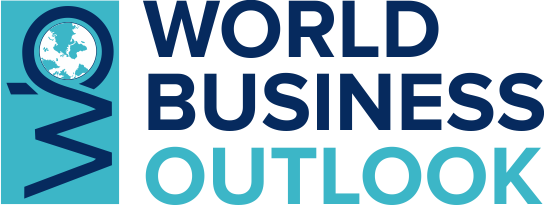Dollar and Treasury Yields Climb as Tariff Impact Begins to Emerge on Inflation


The U.S. dollar strengthened alongside rising Treasury yields on Wednesday, reflecting mounting signs that trade tariffs are starting to filter through into consumer prices. This shift in market sentiment comes as traders reassess the likelihood of interest rate cuts amid intensifying inflationary pressures.
June’s inflation data revealed a noticeable increase in the prices of various goods, including coffee and household furniture, with imported items showing particularly sharp gains. The data drove the dollar higher while pushing 10-year Treasury yields to a one-month peak of 4.4950%, reducing expectations for aggressive Federal Reserve rate cuts this year.
The dollar’s surge was most evident against the Japanese yen, which dropped to a four-month low of 149.03 overnight before stabilizing around 148.90 in early trading. Similarly, both the euro and British pound edged lower, approaching their three-week lows recorded in the previous session. The euro was last seen at $1.1608, while the pound hovered near $1.3394.
The U.S. Dollar Index approached the 98.60 level, its highest in a month, supported by firm yields and a reevaluation of monetary easing prospects. Market pricing now reflects an expected rate cut of approximately 43 basis points by December, down from over 50 basis points projected earlier this week.
In the commodity-linked currency space, the Australian dollar edged up 0.02% to $0.6517 after a 0.45% decline on Tuesday. The New Zealand dollar also posted a modest gain of 0.17% to reach $0.5955.
Beyond monetary dynamics, political factors are also beginning to influence market outlooks. Increased scrutiny over a $2.5 billion renovation project at the Federal Reserve’s historic headquarters in Washington has introduced speculation about possible leadership changes, adding another layer of uncertainty to the Fed’s policy trajectory.
On the trade front, the U.S. announced a forthcoming 19% tariff on imports from Indonesia under a new agreement, with further deals reportedly under negotiation. The administration also indicated that smaller economies would soon be formally notified of their tariff rates, hinting at a likely 10%+ duty on their exports to the U.S.


























